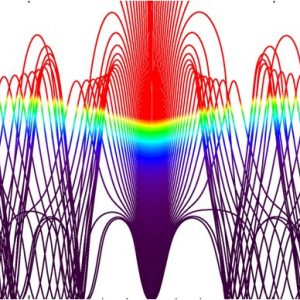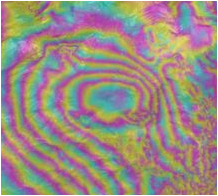Earthquake hazard
Basic research on the earthquake hazard of the Carpathian-Pannonian region is extremely important for the safety of society, for the development of a strategy for earthquake defense. Seismic hazard is determined by the magnitude, frequency, spatial distribution of earthquakes occurring in the area, the attenuation of earthquake waves with distance and the geological structure below the site being investigated.
Strengths and effects of both the historical and present earthquakes are investigated in order to get a more accurate understanding of the seismicity of the region. Studying intact, vulnerable stalagmites, the upper limit of surface movements caused by past earthquakes in the area can be deduced.
Our tasks include the quality control, maintenance of the Hungarian National Earthquake Catalogue and expanding it with new events. Temporal distribution and statistical properties of earthquakes, discrimination methods of small magnitude earthquakes and quarry blasts are also studied.
Methodological research activities related to earthquake hazard assessment and to attenuation of macroseismic intensities and instrumentally measured soil shaking characteristics (maximum and spectral accelerations) with distances are also conducted.
Microseismic background noise, active and passive seismic measurements are performed to determine the dynamic properties of layers near the surface (velocity, resonance frequency); site amplification are estimated by numerical modeling. Method development is undertaken to evaluate the probability of soil liquefaction that were observed several times in the past in the Pannonian basin. An important research project is the earthquake hazard assessment and microzonation of Budapest.
In addition to the IT infrastructure required for the research, three mobile seismometers with data acquisition modules and a 24-channel seismic instrument are available for field measurements.

Deviations of the observed macroseismic intensities from the values expected on the basis of average attenuation during the 1985 Berhida earthquake (M4.9)

Determination of resonance frequencies of subsoil and expected amplifications from microseismic noise measurements in Bel-Buda and Lágymányos












